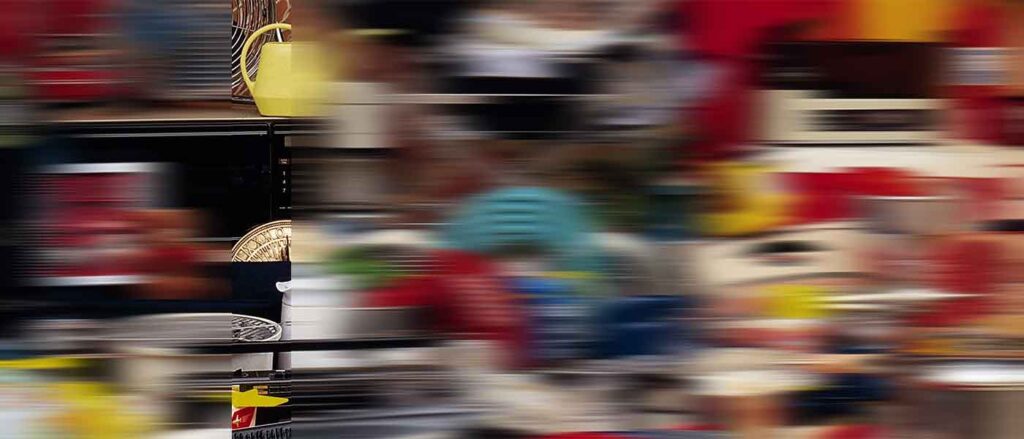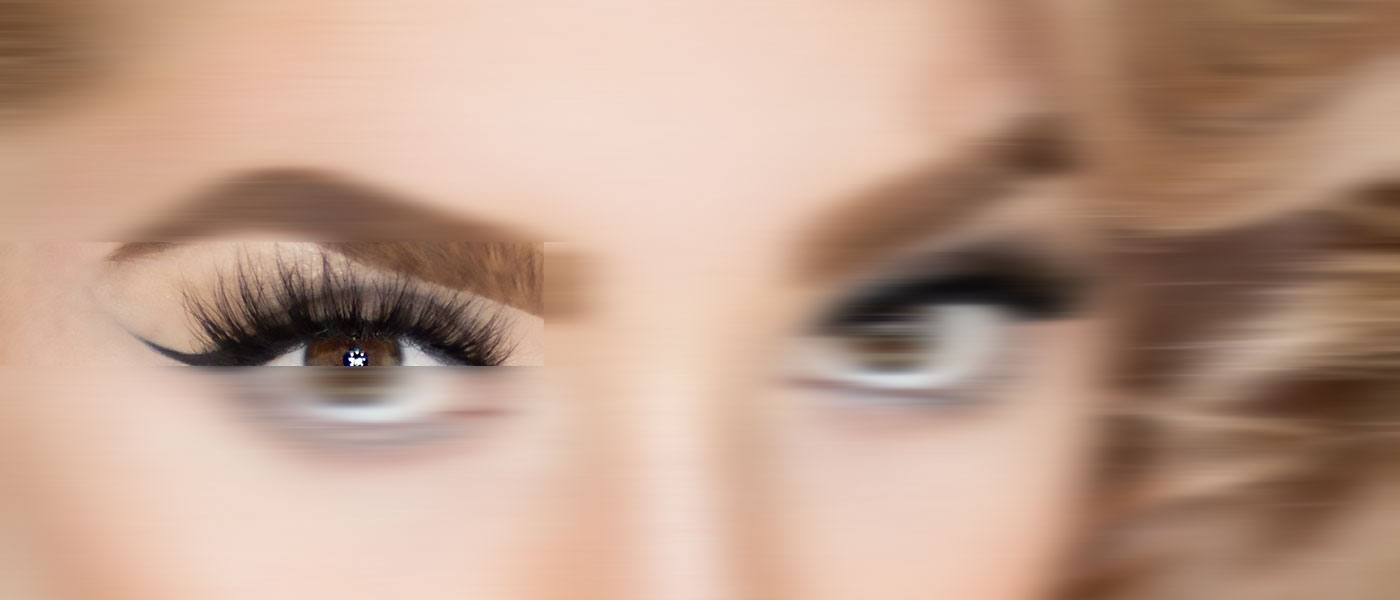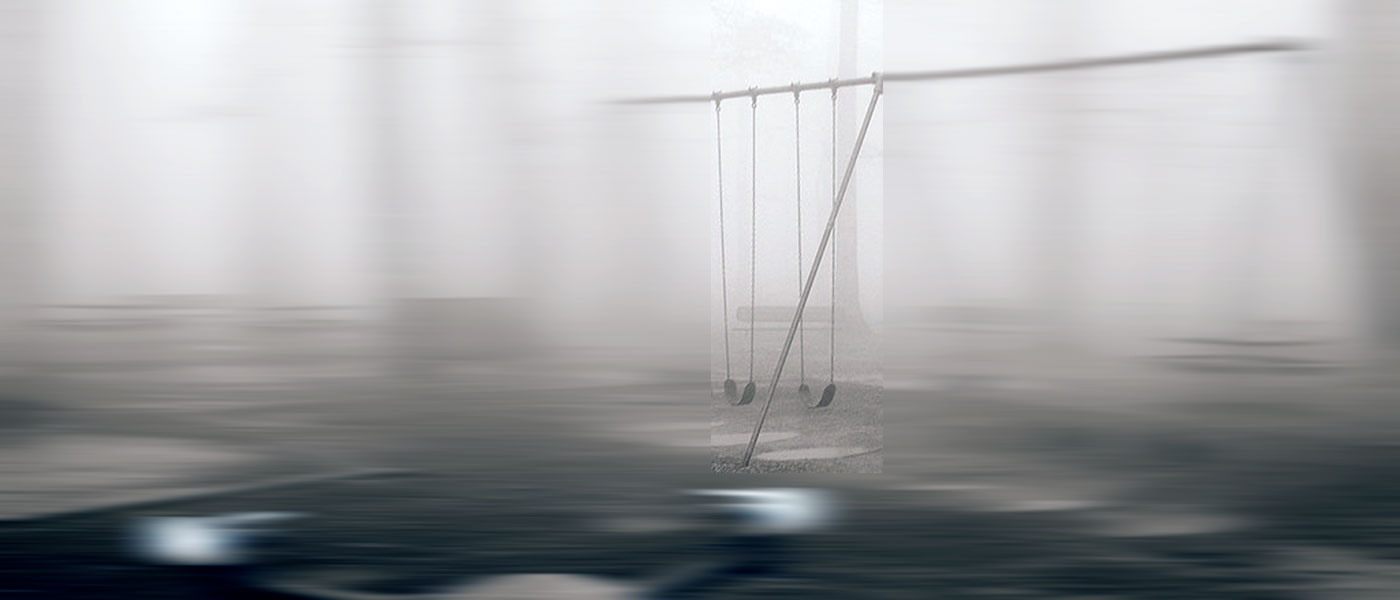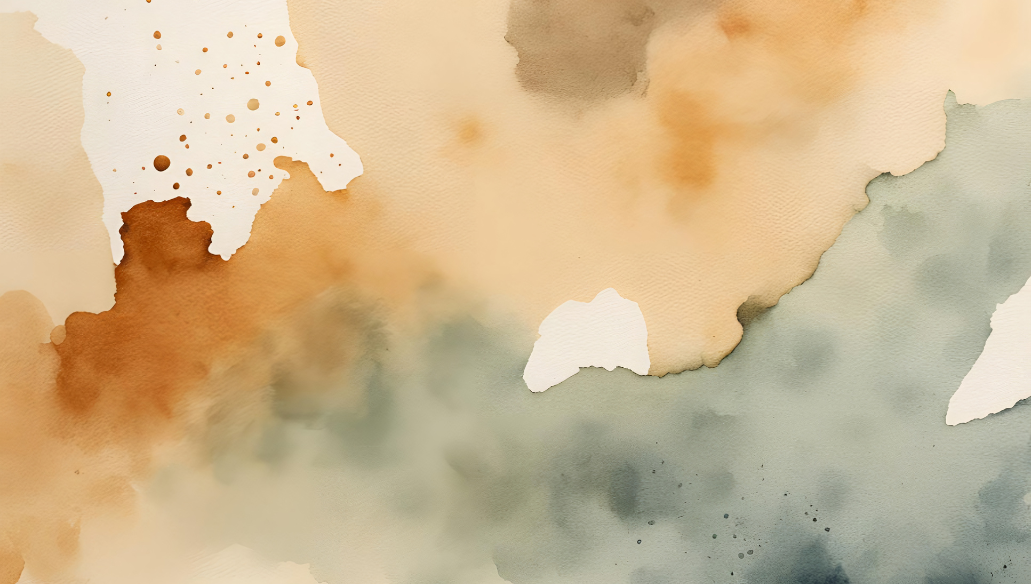There’s a legacy of stuff passed through my family, especially on my father’s side. The stuff itself is largely worthless—old kites; one-, two-, and four-person tents; giant pieces of foam; two broken typewriters; a box of accordion-folded printer paper with little holes in the margins; film canisters of sand and dirt from every continent; bicycles; hard-shell suitcases from Goodwill; all of the toenails Dad lost from running marathons; remnants of Hawaiian print fabric from the ‘90s that Auntie Kimi brought home from her work as a seamstress; and more. The objects themselves have far more meaning than usefulness, but tethered to these heirlooms is a second, more deeply-rooted legacy—the compulsion to gather and keep.
Grandma Hirayama once told me that during World War II the family was so poor that they saved everything that might possibly be of use. She remembered saving the wads of cotton stuffed into the tops of pill bottles until she had enough to make a pillow. For as long as I could remember, she’d had a set of encyclopedias lined up on a low, built-in shelf under her living room window. I’d never seen anyone read them, let alone touch them; they were more like furniture than reading material. The little statues, pictures of family, and dried leis that lined the surfaces in her house never changed, they only gained new companions over time. When she died, I inherited a tiny ring of hers with a gold band and green stones in the shape of two flowers, a gold necklace with a Japanese symbol that no one knew the meaning of, and a gold bracelet with swirling, vaguely Asian arabesques engraved on it. I have no memory of Grandma ever wearing these or any other pieces of jewelry. Maybe they weren’t even hers originally, but part of her own legacy of stuff.
My parents still live in my childhood home, where they’ve been gathering and storing stuff since the early ‘70s. While they’ve each accumulated plenty of things, they approach collecting and storing differently. My older brother’s former bedroom is now Mom’s craft room that she cleans and organizes once or twice a year. If I ask, “Mom, do you have any pipe cleaners?” She will readily tell me, “Go look in my room on that shelf next to the mirror in one of the small white tubs.” Her rolling shelf system of quilting fabrics is organized by color and she doesn’t hesitate to give away stacks of beautiful cloth when the shelves get too full.
Dad, on the other hand, does not engage in the same system of organization for his room. Why would he? He knows where everything is, from his multiple pairs of five-toed shoes to the bag of donated eyeglasses he will take to a vision clinic on a mission trip to Guatemala. The closet that my sister and I once shared as children is now completely full of his things, much of which he found in thrift stores—Goodwill, Salvation Army, musty secondhand shops run by church ladies. He loves them all, even more so if they have a senior discount. Dad trained us from an early age that getting something that is normally expensive for dirt cheap is an accomplishment worthy of boasting. The story of how he found his Zojirushi rice pot is family lore. The white ladies in the shop had no idea the little appliance they mislabeled as a bread machine was actually a rice cooker that retails for $250. Dad kept his mouth shut and walked away with the Zojirushi for only $2.50, plus tax. (It was labeled $5, but it had the right color sticker for the 50% off discount.)
After his desk got too crowded, Dad built a shelf above his desk. There’s a folding table where he keeps the bags of dried fruit that my younger daughter Kyoko seeks out every time she comes to see her Ji-chan. There’s also a dresser full of clothes, hooks loaded with coats and hats on the walls, and a system of small drawers that he built when he began running out of room—and that’s just his office. And then there’s The End Room (the room at the end of the hall), the attic, the floor-to-ceiling built-in cupboards by the back door, and the shed. Each of these spaces is now full of things he has collected over the years. When I was on a cross-country bicycling trip, I got a call from Dad who told me that someone had randomly blown up my mailbox, but not to worry. There was an extra one in his shed that he had already replaced it with. Among his stuff was the exact thing I needed, exactly when I needed it. The acquisition and storage of a second-hand mailbox was wholly justified in that moment.
My parents and I aren’t the only ones who have inherited our family’s legacy of stuff. My older brother Dean’s surplus of stuff is themed around hosting and caring for guests in his home. At all times, he keeps two Costco tables loaded with chips, cookies, candies, and a mini fridge stocked with Ito En green tea, Hawaii Sun Lilikoi juice, sodas, and water. He also has his own End Room where he stores a massive collection of Magic the Gathering cards, a whole team of Mariners bobbleheads, an impressive DVD collection, and a fully-stocked freezer chest that enables him to always be prepared for impromptu dinner parties and uninvited guests. My younger sister Lori’s stuff is more sparse. She organizes and gets rid of things more regularly, but the spartan state of her spare bedroom never lasts for long. Her accumulation of stuff seems to reflect her current interests and hobbies. When she’s excited about fashion, the closets fill. A song-recording project means the corner of her guest room becomes a recording studio with a mixing board, standup desk and microphone. A late-onset interest in drinking good espresso instead of mediocre drip means the kitchen counter now holds all the necessary accoutrement.
There are a lot of differences between us siblings, but our inheritance is a shared one both in terms of culture and in terms of our literal collections. We keep this inheritance alive by not only collecting new things, but by cycling our stuff between each other’s houses. Lori has my bamboo steamer basket. I have Dean’s Blu-Ray player. Dean has some of the art I drew in high school. I have Lori’s piano. Lori has Dean’s piano.
I like to imagine this family legacy was born out of my ancestors’ very concrete needs, flowed straight into my DNA, and now I’m genetically predisposed to fill my own home with stuff. This is why my closet is practically overflowing, the perimeter of my office is slowly closing in as the piles of stuff continue to grow, and my floor-to-ceiling bookshelves are swelling beyond capacity. The family members who came to Hawai’i from Japan passed down the immigrant’s urge to be prepared and self-sufficient in order to better care for ourselves and our loved ones. I don’t need everything that I have right now, but maybe I will, or someone else will…eventually. It’s better to be ready.
It’s a nice story, but I’m afraid it’s only partly true. What’s also true is that my tendency to gather things is driven by an impulse that starts to resemble addiction when I look at it too closely. The compulsion is especially strong when I’m angry, and I’m angry all the time. I’m angry that I know so much more about cooking, cleaning, and childrearing than my very nice and supportive husband. I’m angry that my cluttered house reflects more poorly on me than on my spouse. I’m angry that my rage is so boring and domestic. My most potent anger should be about gun violence, or catastrophic climate change, or the attack on reproductive rights, but no, it’s about dishes. There are other emotions that drive my impulse to consume—sadness, loneliness, boredom—but the act of buying something feels defiant at its core, and I associate defiance with anger. Adding plastic crap to a virtual shopping cart is my silly little act of vengeance. Stuff is what I deserve. I’m owed that 100-pack of vinyl Hello Kitty stickers. I need that tiny USB night light that plugs into the side of my laptop. Possessing those gel pens shaped like matchsticks will make me happy. And for the duration of a paroxysm, it works: I’m satisfied.
Too often, the compulsion feels like a sickness, like capitalist parasites sliding around under my skin, or the rottenest gloop of Americanness chugging through my blood vessels. The convenience of shopping online only makes things worse, though the early days weren’t so bad. When Amazon first bloomed beyond selling books it was like the very best of a science fiction future plus the thrill of the thrift store hunt. I could type my worldly desires into a search bar, and with a few clicks of my mouse my chosen items would arrive at my door in one to two weeks. I still remember buying a VHS copy of Romy and Michelle’s High School Reunion for a dollar! (Plus $2.99 shipping and handling.) There was probably some semblance of an algorithm at work back then, but they’re more sophisticated—and invasive—now. Instead of searching for something I desire, I flick through images of things Amazon thinks I might want until they’re right. It’s how I go from looking for a nightlight for my two daughters Yoshi and Kyoko to purchasing three little glowing mushrooms for my own room, or how I will inevitably end up with that tube of Hello Kitty Soft Lips tangerine lip balm I saw after clicking on the deceptively benign “You Might Also Like” button. (I haven’t purchased it yet, but it beckons.) Those crafty algorithms make online shopping less thrilling and more addictive.
In another, righteous paroxysm I’ll say, “Enough! I’m not buying anything new for the next month or maybe even the whole year!” I unceremoniously pull everything out of the closet, I topple the piles along the walls, I fill bags for Goodwill, I throw away, I give away, I re-organize, I open the windows to let in the fresh air. But when I put everything back, I realize that all I’ve achieved is a mild re-shuffling. There’s still not enough room in the closet. The shelves are still full. There are still piles of things in every corner, threatening to spill forward and connect. There’s still too much stuff.
This cycle of accumulating and purging is laden with shame. I feel shame for wasting money, for not beefing up my savings account, for not donating more to causes I say I care about, for supporting Amazon, Temu, fast fashion, climate change, child labor, union busting, landfills, environmental toxification, shame for unnecessary plastic consumption, for making the world a worse place for future generations, for buying stuff instead of going to therapy, for modeling poor mental health maintenance to my small children, for being stubborn and childish, for not appreciating my completely unearned abundance. I feel shame for seeing the big picture of what I’m doing and doing it anyway.
I’ve been to therapists before, and truthfully, they were wonderful. They helped me through my postpartum anxiety and relationship struggles and I remain grateful to them. But for this legacy of stuff, I want guidance that comes from outside of Western psychology; I want the wisdom of Japanese women. Seeking a Japanese perspective on how to manage the overwhelming objects in my life is a way for me to connect to a culture that feels distant from my very American upbringing. I already know plenty about American approaches to maintaining a clean and tidy home, and all that knowledge has not helped me.
In my search for a Japanese teacher, Marie Kondo seemed like an obvious first choice. When I close my eyes to escape the visual chaos of my stuff, and imagine inner peace as a physical location, I see the stereotypical Japanese aesthetic—tatami mats, rice paper sliding doors, futons tucked away in closets, a wise and beautiful stone in the courtyard, a courtyard!, rain dripping from the eaves. The air in that space travels from outside to my lungs in a direct path; it doesn’t have to wind its way through a labyrinth of dusty knickknacks, dirty laundry, piles of paper, a kitty litter box, mostly empty bottles of soaps, shampoos, and conditioners, or mountains of Costco packaging to reach me.
I read Marie Kondo’s The Life-Changing Magic of Tidying Up with such earnestness in my cluttered heart. I’m aware of the biting, sometimes funny, not-totally-inaccurate anti-Kondo commentary out there. It makes sense. She set a high standard for what a tidy house means and asked readers to drastically change their relationships to their belongings. Then, in February of 2023, Kondo shared how her approach to tidying up (or not) changed after having her third child; even she couldn’t sustain the high standard she once promoted as totally sustainable for others. I still think she has something to offer though, and her shift in approach feels reasonable enough to preserve her credibility for me. People change.
Under Kondo’s tutelage, I bid a tender farewell to multiple trash bags of clothes. The effort was monumental; many of those articles of clothing were more than just garments to me. Some were memories, like the Viewridge Painting t-shirts from my days as an exterior house painter. I was so strong during those years, and my boss at the time, Kenji, became one of my first half-Japanese friends as a young adult. Some of those clothes represented a skinnier version of myself I hoped was just around the corner. Getting rid of them might mean I would stay fat. There were clothes tied to people, like the hoodie from the boy I crushed on so hard for all of high school and the plaid button up shirt that belonged to one of my favorite uncles. Throwing them away felt disrespectful. When I held some of those items and asked if they brought me joy, I short-circuited. What even is joy? Is a memory joy? Is hope joy? Can a shirt that doesn’t fit me bring me joy by sitting in the back of my closet forever? Is a shirt that never gets worn still a shirt?
Even though I expressed gratitude for the clothes I got rid of, I still felt ruthless. It was an odd mixture of pleasure and pain—the discomfort of a purge followed by the relief of knowing there was a little more room in my dresser drawers. After the clearing, I needed to take a few days to recover from the mental and emotional exhaustion of it all. The number of individual items to hold and consider deeply was overwhelming. The process required a level of attention and intimacy that I was not used to giving to my hastily-purchased items, and after a while I started to feel like the queen at the head of a long reception line, burdened with finding something meaningful to say to every single person who approached me. By the end of the day my back was as tired as my soul. (I also wore my red faux leather high heels around the house for a while before deciding to put them in the give away pile. That didn’t help my back.)
Ultimately, what lingers with me from The Life-Changing Art of Tidying Up is the connection between material and spiritual stuff that Kondo asks us to engage with. An unhealthy and neglectful relationship with my material stuff has an affect on my body, brain, and heart. I feel intellectually dusty, physically overstuffed, and like my spirit is gradually turning into the kind of plastic that has been shown to cause cancer in rats in the state of California. Leaving home makes me feel giddy with relief. All those inanimate objects are stuck in the house: they can’t follow me out the door and into the world. It’s an escape inevitably followed by a tinge of dread when I return to be in the company of my stuff.
A few days of recovery turned into a few weeks and I never finished the rest of the tidying process. The thought of how much stuff I had left to tidy up, how exhausting it was to just do my clothes, and how many days it would take to finish the rest of the house didn’t give me an incentive to continue. Plus, I knew I was going to cheat on the stage where you throw away keepsakes, old letters, and photographs, so if I wasn’t going to do it right, why do it at all? My closet once again turned into a tenuous tower of textiles.
Maybe “Japanese woman” is not a specific enough requirement for a material and spiritual guide; maybe what I really need is a half-Japanese American, half-white woman who thinks deeply about the role of stuff in our lives and isn’t here to tell me what I need to do in order to achieve a specific definition of happiness.
Among my stuff is the novel The Book of Form and Emptiness, by Ruth Ozeki. Like most of my things, the book is an object in my space that I regularly look at without actually seeing it. I haven’t read it yet, but I watched Ruth Ozeki give two readings of the book over the past year, so I know what it’s about. (I know how awful that sounds, I do.) The book’s synopsis alone brings me comfort and serves as an encouraging nudge to not give up on looking for new ways to engage with my stuff, which is enough for it to earn its place on my shelf.
I know the book is about a boy whose father dies, and who starts hearing the voices of the objects in his life. I know his mother can’t get rid of the stuff that connects her to her husband for fear of losing even more of him. I know it’s about listening to objects and engaging in meaningful relationships with them. I know Ruth Ozeki read a book called Vibrant Matter: A Political Ecology of Things by philosopher Jane Bennett, which helped her come up with the idea for the book. I know it has a bright red cover with a white and blue full-caps font that looks like it’s rushing toward you. I know the book is heavy. I know I’m waiting for just the right conditions to align themselves before I pick it up and read it. I know this is silly.
Thinking about a book is not the same as reading it, but it’s not nothing. Or maybe it is nothing, but it’s not a useless nothing. Holding the book in my hands, feeling its weight and the smooth paper of its jacket remind me that knowing and understanding don’t just come from the work of my intellect, but through the experience of texture, temperature, and physiological responses as well. Touching material objects helps me make sense of the world. My current relationship with my stuff lacks this intimacy. As grateful as I am to Ruth Ozeki as a writer and artist, I’m just as grateful for her book—the object itself, that sits on the shelf my grandfather built to house my grandmother’s teacup collection. (Of course, once I loaded the shelf with the books that were previously lined up in stacks around the perimeter of the room, the miniature Nano Block models of famous Japanese shrines that I receive as Christmas presents from my husband every year, the cracked champagne glass gifted to me as an emblem of “broken good memories,” the kokeshi doll, the gigantic pink crystal I found at the beach, the first boards I ever broke in karate, the tiny teapot shaped like an owl, and the square non-stick tamagoyaki pan that doesn’t fit in the kitchen cupboards, there was no longer room for the three cups and saucers I inherited from Grandma Haight’s collection. They’re now in a shoebox in the closet.)
Taking these few paragraphs to focus all my attention on that hardback book forces me to slow down, to see and hear instead of glance and flick. Maybe listening to my stuff means holding an item, running my fingers over its surfaces, and responding to what it has to say. Nestled between my books is the little Gudetama Lazy Egg toy with a smooth plastic shell that cracks open to reveal faux-jagged edges. Inside is a yellow figure whose face communicates chagrin with only two oval eyes and a down-turned crescent moon mouth. He fits in my palm. The best part about him is his bum, two round pooches of plastic separated by a tasteful cleft. He reminds me of the last day of my family’s first and only trip to Japan, when we ate lunch and killed time before boarding our flight back home. We (Dad, Dean, Lori, and I) were exhausted and excited to go home, but sad to leave. I still had a handful of change to use, so I spent as much of it as I could at a bank of vending machines. I got a little coin purse shaped like a Shiba Inu and the Gudetama egg. Of all the figures that could have randomly tumbled down the chute, I had gotten the exact one I wanted.
My home is filled with stories like these—items as time capsules, as archives and memory banks. Accessing the memories held within my stuff is one way to strengthen my relationship with the objects around me. How else can I deepen the connections I have with my stuff? Perhaps, instead of just thinking about Ruth Ozeki’s book, I could speak to it more often, or write it a love poem? It’s no more strange than inheriting a genetic predisposition for gathering and storing stuff, or telling and re-telling the stories of epic thrift store finds, or having a family legacy that’s inextricably linked to an economic and social system that convinces us that acquiring more possessions will make us happy.
Hey book,
that red you wear reminds me
of the shade my cheeks can turn
when I’m a little bit in love.
Hey look,
we match today.
There’s a powerful tug between my legacy of collecting as a gift and as an illness. The dust in my home is thick. Sometimes it takes a series of specific moves, like working an intricate puzzle box, in order to reach a specific thing I need. Being surrounded by stuff often makes me unhappy. My stuff is a reflection of my irrefutable ties to American consumerism, of how deeply capitalism can bury its roots into our minds and bodies. I know about hoarding, and I’ve seen the reality shows where people’s homes have tiny pathways between walls of mildewed newspapers and piles of clothing blocking the windows. I know that after his wife died, Uncle Eddie had this kind of house, but he also lived alone and had dementia; my house isn’t like his. I don’t know enough about hoarding to know if there’s a spectrum, and if my home full of stuff would find a place along that spectrum. Is “hoarder” a concrete diagnosis? I don’t know, and I don’t want to know. A label flattens my legacy. Even if my compulsion to collect is an illness, it’s not only an illness.
My things hold the power to connect me to my culture and family. When I see the junk piles at Auntie Jojo’s and Uncle Mack’s condo in Mililani, I feel less alone. When I hear about how many discounted sink faucets my brother brought home from work because they were just going to throw them away to make room for the new model, I feel a thrill. (The thrill was heightened when I could just text Dean and replace my leaky kitchen and bathroom faucets for free.) When I walk into a Japanese American friend’s mom’s house and see her Costco table in the front room covered in old mail, some plants, empty grocery bags, a power strip, and a steaming rice pot, I feel an immediate kinship.
The legacy links me to our family’s immigrant history and speaks to the creativity and resourcefulness in our genes. Maybe the ingenuity it took to turn pill bottle cotton into pillows was the seed for the singing, drawing, writing, and performing my siblings and I still practice two generations later.
The stuff I surround myself with also helps me communicate who I am. A Hello Kitty mug, the desk Grandpa built, a Kishi Bashi poster, anthologies of Japanese gothic literature, a Christmas ornament my daughter Yoshi painted when she was three, curtains Mom sewed for my window—these objects tell the story of a mixed-race Japanese American woman whose family loves her and who believes in art as a supernatural force for good.
This legacy is already trickling into the next generation of my family. I see it in the bedroom my six- and two-year-old daughters share. It’s overflowing with animals my mom crocheted for them, baskets of hand-me-down clothes that are too big but will fit them eventually, books Yoshi keeps bringing home from the free pile at school, markers, stickers, papers, and a mini indoor garden full of dirt and dead plants. The legacy is not only in the material stuff in Yoshi and Kyoko’s room, but also in the way the new toy they scream and fight over one afternoon is just a boring lump of plastic neither of them cares about twenty-four hours later. It’s in the way they can’t find anything to do in the bursting bins of toys and games in the living room.
As the adult in my childrens’ lives, it’s my responsibility to help them tidy their room and make sure we don’t cross that line from stuff to squalor. I’ll organize their closet, sort their clothes into crates according to age and put the craft supplies in old plastic takeout boxes stacked neatly on their table. But I want to do more than teach them how to organize their things: I want them to learn that while our legacy means we will always be dancing around our accumulated stuff, it won’t always be so fraught. In our family, unearthing the exact thing we need for a weird and specific task is the height of joy—and I can’t wait for my daughters to experience this. When our stuff feels overwhelming, we can turn to artists and authors for guidance—together—as a reminder that we are not alone. I want to teach them how our stuff connects us to our identities, to each other, and to our ancestors. And perhaps most importantly, how the strength of our connection to each other means it’s okay to love our legacy even as we begin to let go of our stuff.




